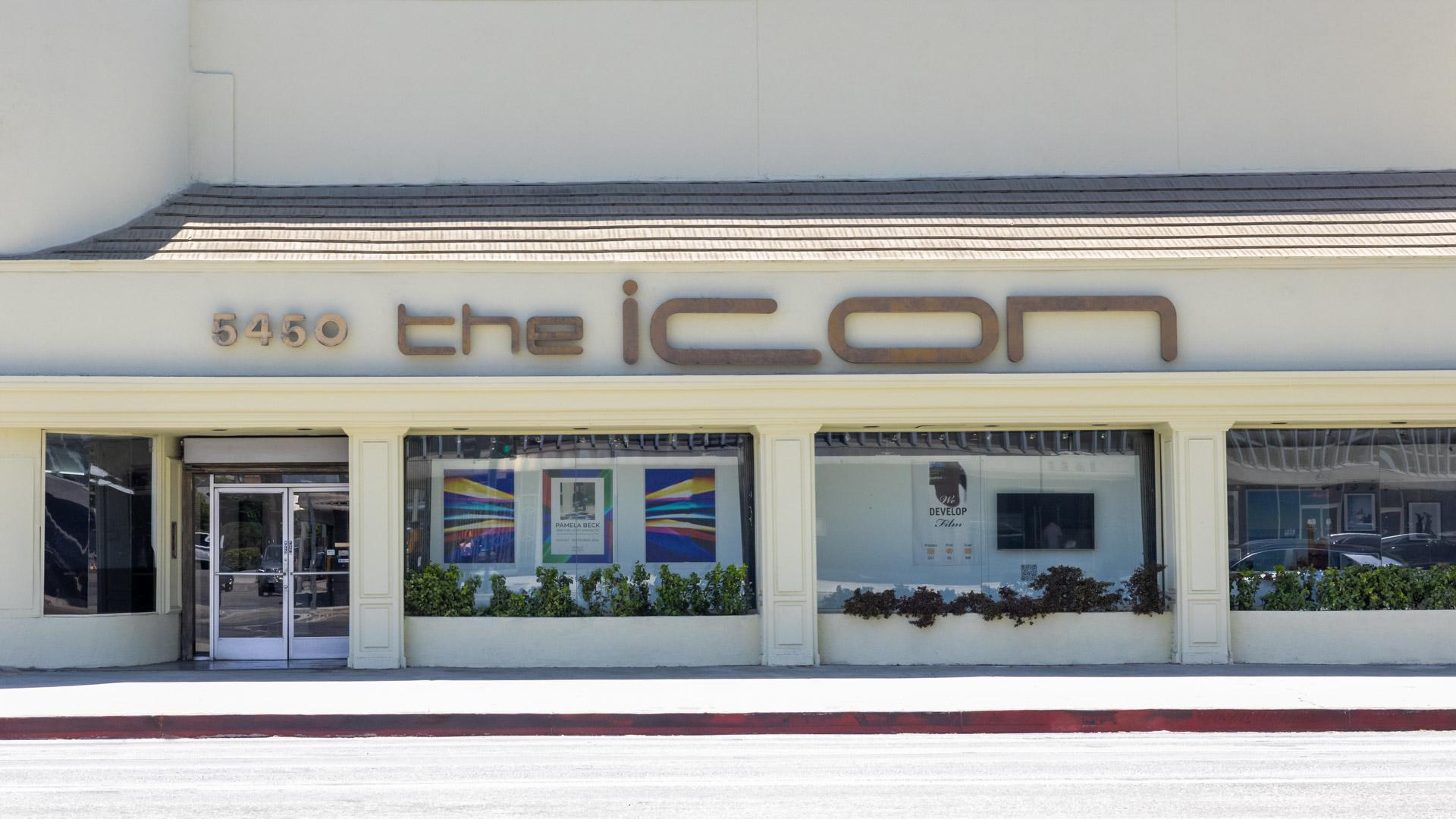Why I Still Shoot 35 mm Film as a Photographer

I have been a photographer for over a decade now. I started with digital, like many others. It was fast and easy, and it worked well when I was just learning. But something about it never felt personal. I was taking photos without much thought. I was moving too fast. At some point, I decided to try film. That is when everything changed for me.
Using a film camera taught me how to slow down. I began to see the value in each frame. I became more aware of light, shadow, and timing. I stopped taking hundreds of photos and started making every shot count.
The camera I started with was a 35 mm rangefinder. It was small and simple, and I carried it everywhere. That is how I learned the real meaning of patience and practice in photography.
Learning the Full Process
Shooting film taught me that photography does not end when I press the shutter. The process continues with how the film is developed and scanned. 35 mm film development is not just a technical step. It is part of the art.
I do not develop my film at home. I tried it once or twice, but I realized I get better results when I trust a professional film lab. I want each frame to be clean, properly exposed, and free of dust. I want accurate colors or smooth black-and-white tones, depending on the project.
Over the years, I have worked with several labs. Some were local, and others accepted mail-in orders. Eventually, I found a few that I could rely on. They understand the look I want. They use fresh chemistry and scan with care.
Why 35 mm Still Works for Me
I shoot all formats now, including medium format and instant film. But I always return to 35 mm. It has the right balance of detail, portability, and speed. I can load a roll quickly, shoot quietly, and carry several rolls on a trip without any trouble.
Here is what I like most about 35 mm film:
-
It forces me to compose more carefully
-
It gives me 36 frames to work with, not 1000
-
The grain and texture feel organic and timeless
-
The cameras are light and easy to travel with
-
It works well for street, portrait, and everyday photography
Some people think film is only for vintage looks. That is not true. It can look clean, modern, or classic depending on the film stock and the scan. The real difference is that it makes me work differently. I become more connected to the scene in front of me.
Choosing a Reliable Lab
Good 35 mm film development makes all the difference. If the lab rushes the process or does not clean the rollers, your negatives can come back scratched or poorly scanned. I have learned to look for these things when choosing a lab:
-
Do they develop in-house or send it elsewhere?
-
What kind of scanners do they use?
-
Do they keep the dust to a minimum?
-
Do they offer high-resolution scans?
-
Can they adjust for specific color preferences?
I usually call or email the lab before sending in my first roll. I ask a few questions and see how they respond. If they seem careful and friendly, I try them out with a roll or two.
Working with the Final Images
Once I get my scans back, I load them into my editing software. I do not do much editing, just some minor contrast or crop adjustments. I try to respect what was captured on film. I believe in keeping the frame honest.
Film teaches me discipline. I do not waste frames, and I take my time. I learn from every mistake, and that helps me grow.
When I show my work to clients or friends, they often say the images feel different. They may not know why, but I do. It is the care that goes into the process, from loading the camera to trusting a skilled lab with the development.
Final Thoughts
Being a photographer today means having many tools. I still use digital when I need speed or volume. But film keeps me grounded. It keeps me thoughtful.
If you are new to film, start with one camera and one stock. Find a lab you trust. Learn what good 35 mm film development looks like. Pay attention to your negatives and your scans. Each roll teaches you something new.
I do not shoot film to be trendy or to chase nostalgia. I shoot film because it makes me think. It slows me down. It connects me to the moment. That is why I still carry my 35 mm camera almost everywhere I go.
- Art
- Causes
- Best Offers
- Crafts
- Dance
- Drinks
- Film
- Fitness
- Food
- Oyunlar
- Gardening
- Health
- Home
- Literature
- Music
- Networking
- Other
- Party
- Religion
- Shopping
- Sports
- Theater
- Wellness



